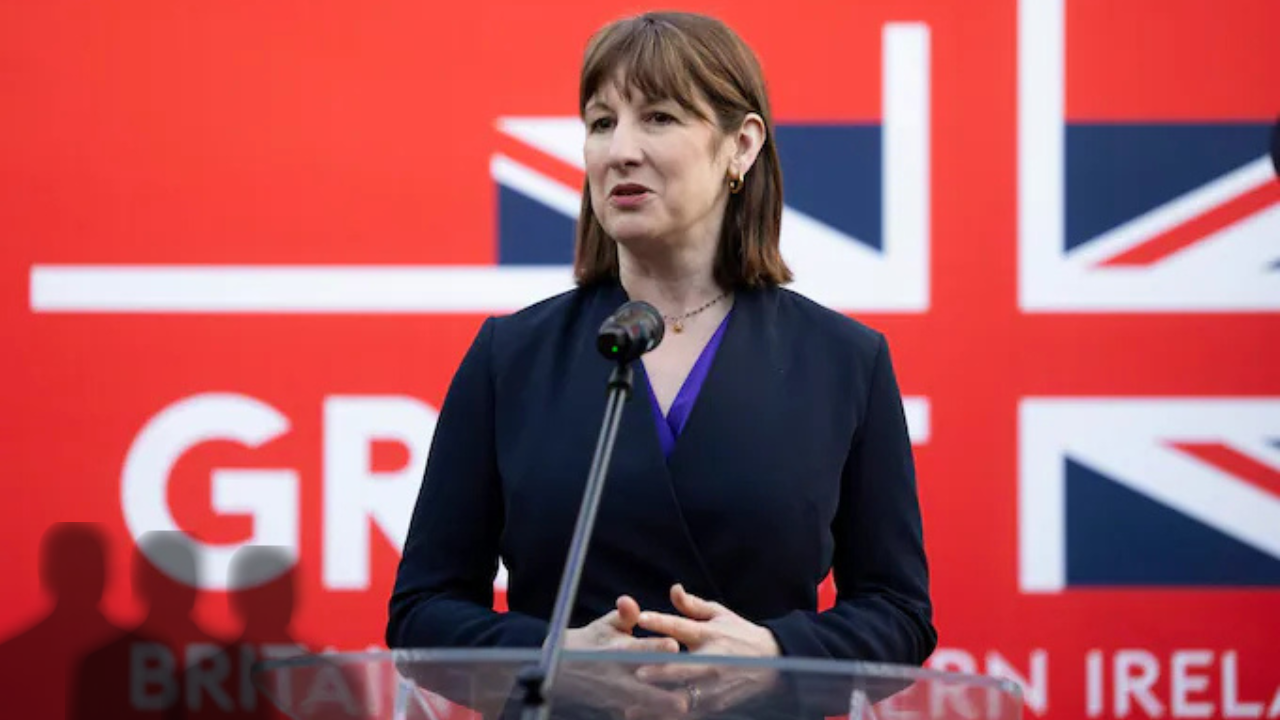
UK Economy Shows Modest Growth in Q4 2024 Amid Stagnation Concerns
By: Aditi
Published on: Mar 28, 2025
Key Takeaways:
- UK GDP grew by 0.1% in Q4 2024, matching earlier estimates.
- GDP per head fell by 0.1%, signaling a technical recession in living standards.
- Household savings ratio surged to 12%, the highest since 2010 (excluding pandemic years).
- Economic stagnation persists, with weak business investment and production.
- Bank of England rate cuts remain uncertain amid sticky inflation and global risks.
The UK economy eked out modest growth in the final quarter of 2024, with gross domestic product (GDP) rising by 0.1% between October and December, according to the latest figures from the Office for National Statistics (ONS). While this marks a slight improvement from the zero growth recorded in Q3, the broader picture remains one of economic stagnation, raising concerns about long-term recovery.
UK Economic Growth: A Closer Look
Quarterly and Annual Performance
- Q4 2024 GDP growth: +0.1% (unchanged from initial estimates).
- Annual growth (2024): +1.5%, slightly above forecasts.
- January 2025 GDP: -0.1%, indicating a weak start to the new year.
The services sector (+0.1%) and construction (+0.3%) were the primary drivers of growth, while business investment and production remained sluggish.
GDP Per Head Enters Technical Recession
A concerning trend is the decline in GDP per head, a key measure of living standards, which:
- Fell by 0.1% in Q4 2024, following another 0.1% drop in Q3.
- Showed no growth for the entirety of 2024, highlighting stagnant wage growth and productivity challenges.
Household Savings Hit Post-2010 High
Amid economic uncertainty, British households are saving more and spending less:
- Savings ratio surged to 12% in Q4, the highest since 2010 (excluding pandemic years).
- Non-pension savings reached record levels, signaling cautious consumer behavior.
Grant Fitzner, ONS Chief Economist, noted:
"The economy continues to show little growth since last summer."
What’s Holding Back the UK Economy?
Several factors are contributing to the UK’s lackluster growth:
1. Weak Business Investment
- Firms remain hesitant to invest amid high borrowing costs and economic uncertainty.
- Manufacturing and industrial production saw minimal growth.
2. Consumer Spending Slowdown
- Rising living costs and stagnant wages have dampened household spending.
- Retail sales and hospitality sectors continue to struggle.
3. Inflation and Interest Rate Uncertainty
- While inflation has eased from its peak, it remains above the Bank of England’s 2% target.
- The Bank of England (BoE) has kept interest rates at 5.25%, delaying potential rate cuts.
Richard Carter, Head of Fixed Interest Research at Quilter Cheviot, commented:
"The UK economy continues to tread water... The broader picture remains one of stagnation, with underlying weakness across key areas such as business investment and production."
Will the Bank of England Cut Rates in 2025?
Financial markets had anticipated BoE rate cuts in mid-2025, but the latest data suggests:
- Inflation remains sticky, particularly in services and wage growth.
- Global economic risks (geopolitical tensions, oil price fluctuations) could delay monetary easing.
Carter added:
"The economy remains subdued, but with inflation proving sticky and global risks mounting, the Bank is likely to take a cautious approach."
What Is a Recession—And Is the UK in One?
A technical recession is typically defined as two consecutive quarters of negative GDP growth. While the UK avoided a full-blown recession in 2024, GDP per head did enter a recession, reflecting declining living standards.
Key Signs of a Recession:
- Falling GDP for two straight quarters.
- Rising unemployment.
- Declining consumer and business confidence.
- Reduced industrial output.
Outlook for 2025: Can the UK Avoid a Recession?
The UK economy faces several challenges in 2025:
- Weak consumer demand due to high savings and inflation.
- Business reluctance to invest amid economic uncertainty.
- Potential delays in interest rate cuts, keeping borrowing costs high.
However, some positive factors could support growth:
- Easing inflation may boost real incomes later in the year.
- A potential rebound in global trade could lift exports.
- Government stimulus measures (if introduced) may spur activity.
Final Thoughts
The UK economy remains in a fragile state, with minimal growth and persistent stagnation risks. While the 0.1% GDP rise in Q4 2024 avoids a technical recession, the decline in GDP per head and soaring household savings suggest underlying weakness.
For now, the Bank of England faces a tough balancing act—tackling inflation while avoiding further economic slowdown. Investors and businesses should monitor upcoming inflation and jobs data for clues on future monetary policy.
Happy Trading!

Comments
No comments yet. Be the first to comment!
Leave a Comment